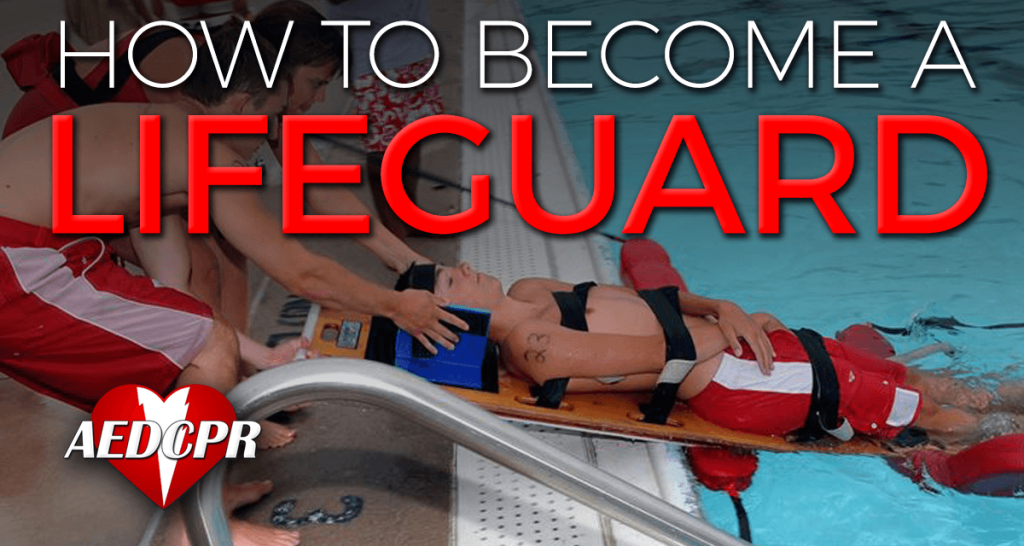
Whether it’s at the beach or in a public water park, being a lifeguard is a popular summer job. Working as a lifeguard can be fulfilling, and the experience can teach you valuable life skills; you can learn how to work as a team with others, handle medical emergencies and improve their confidence and leadership skills. Because of this, being a lifeguard can be a great experience for teenagers and young adults who can meet the lifeguard requirements.
What are the Duties of a Lifeguard?
A lifeguard is a rescuer who is tasked with monitoring and supervising people near or in the water. This includes everything from beaches and rivers, to public swimming pools and water parks. Depending on the location, a lifeguard’s duties, required training and equipment will vary, but in general, they mostly have the same duties.
A lifeguard’s first duty is to observe and enforce safety rules to minimize the risk to bathers. For example, running on wet floors, or misusing pool equipment are common rule violations that lifeguards will call out. Often, lifeguards will use whistles or megaphones to get the attention of bathers to curb the problem.
As rescuers, lifeguards need to be keenly observant in order to recognize emergencies. That way, they can respond to an emergency more quickly. Lifeguards often work as a team and maintain communication through two-way radio. Lifeguards are expected to be able to identify struggling or drowning swimmers. They also need to know what to look out for when someone is at risk of drowning.
When an emergency arises, that’s when a lifeguard’s lifesaving skills come into play. Obviously, lifeguards need to be strong swimmers who are able to help return a drowning victim to land. However, the rescue effort doesn’t stop there; lifeguards are also trained to perform first aid and CPR if needed. When administering first aid, lifeguards may use equipment such as resuscitators, defibrillator/AED, or supplemental oxygen tanks.
Decide Which Lifeguard Certification You Want
Before you learn how to train to be a lifeguard, you should decide what type of lifeguard certification you want. Depending on where you want to work as a lifeguard, you will need to pass a specialized test and complete the lifeguard training requirements.
There are a number of nationally recognized programs to complete offered at a variety of locations. Many of lifeguard programs can have an online component. However, most classes are in person with an instructor. The American Red Cross offers the most popular lifeguard certification. There are traditional lifeguard programs for ocean lifeguards. Lifeguard certification requirements for open water require additional training. If you’re training to become a lifeguard in open water, you learn to use rescue watercraft. You may also learn how to respond to emergencies that can only happen on the beach, such as watercraft accidents or jellyfish stings.
Other programs focus on more specific skills. For example, there are courses for Aquatic Attraction lifeguarding. These programs offer training for those who want to work at public pools or at water parks. Lifeguards who take this program are responsible for guarding “extreme shallow water” attractions. Extreme shallow water is defined as 3-feet deep or less.
There are also programs for shallow water lifeguarding. These programs are for lifeguards who operate in facilities with water that is 5-feet deep or less.
Although the specializations vary, all lifeguards have some common lifesaving training.
Steps to Become a Certified Lifeguard
The first step to becoming a lifeguard is to find somewhere to take an accredited lifeguard certification course in your area. For example, your local Red Cross or YMCA may offer the necessary programs. Pick the course you want based on where you want to be a lifeguard. Most lifeguard courses are 22-30 hours long, and take several weeks to complete. You typically need to be 15 or older to enroll.
Your lifeguard training course will include a physical pre-test before moving on with your training. The pre-test will examine your ability to perform certain physical tasks, such as swimming long distances, or treading water without using your arms. After completing the pre-test, you can move onto the full course.
The lifeguard training course, like the pre-test, will include activities to test your physical fitness. It will also include activities and drills to prepare you for real emergencies. In the full course, you’ll learn how to use common equipment, recognize different types of swimmers in distress, first aid, and how to enforce the usual safety protocols.
The full training course includes traditional classroom tests as well, and this portion can be done online in some cases. At the end of the course, you will take both written and physical exams before receiving your certification.
A lifeguard certification is not enough the only certification you’ll need, however. In addition, you will need CPR, first aid, and automated external defibrillator (AED) certification as well. You can earn these certifications separately, or as part of other training programs.
To summarize, here are the steps to becoming a lifeguard:
- Enroll in a lifeguard training program locally.
- Complete the pre-test to move on to your training.
- Complete the training course and earn your lifeguard certification.
- Earn your CPR, First Aid, and AED certification.
Don’t Forget CPR Certification
Lifeguards must have current CPR, First Aid, and AED certifications. The fastest way to learn CPR and AED is with an online CPR course. You can also learn First Aid quickly and easily with an online course. In addition, to maintain your Lifeguard Certification, you will need to renew your CPR and First Aid on a regular basis.
